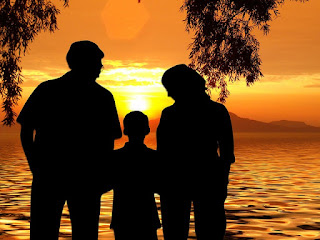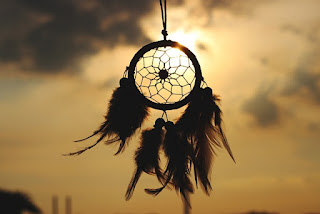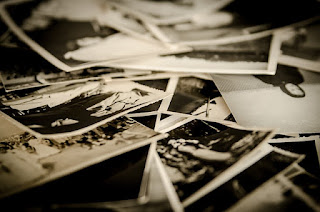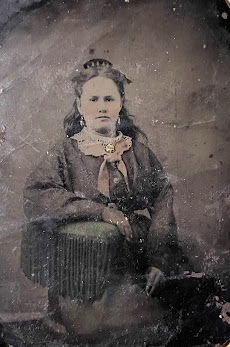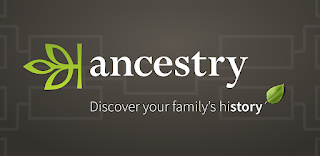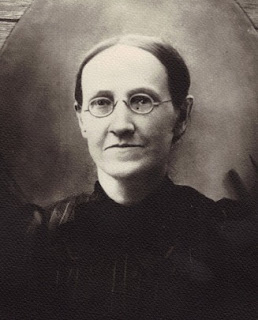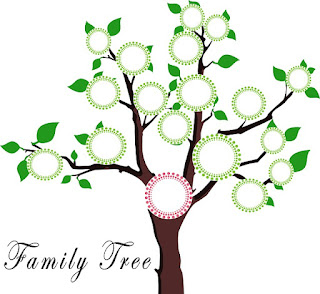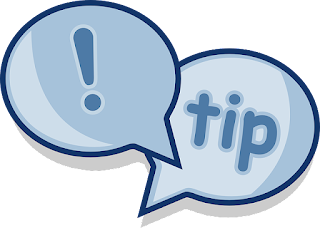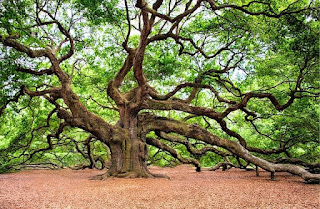The father (now deceased) of a friend of mine was adopted. My friend desperately wanted to know more about his ancestors. He was able to get minimal information about his paternal grandfather and grandmother through a court order to view the adoption records. Even then, they contained little useful information. There was a name for his grandparents, but they both had the same surname. They were listed as living in Ohio (but no information on where). His father was born in West Virginia. Not a lot to work with!
My friend tested at 23andMe, and while he reached out to many DNA matches, few responded. I suggested he take a test at Ancestry.com since they have the largest database of testers (and working with the DNA matches is much friendlier on Ancestry.com ) and I offered to help him with the results. I wanted to see if all the learning I've been doing could help him solve his mystery. I'm the first to admit, I'm a novice when it comes to DNA, but I was up to the task.
After using the Leeds method with Ancestry.com's colored dots, and knowing just one maternal cousin, I was able to develop a list of paternal matches. From there, I created several quick and dirty trees for some of his matches. In just a few days, I was able to work back to his 2nd great grandfather (with a high level of certainty, since there are 10 DNA matches to him). Then, working forward again, I was able to find a match for his grandfather's name as shown in the adoption records! I was thrilled (and so was my friend)!
It's very important to note, there are no DNA matches from his potential grandfather or great grandfather, so there is room for error. Unfortunately, this grandfather and all his children, except one, have already passed. The one living son is 87 years old, and if he is indeed the correct person, may not know he had another brother, and definitely wouldn't know about his potential nephew.
His grandmother has been more of a challenge. It would appear, from census records, his grandfather was married with several children (2 of whom , twins, were born about 15 months before his father - one of them is the uncle I mentioned above.). The mother listed in the 1930 and 1940 census did not have the same given name as the mother in the adoption records. It's certainly possible the name was recorded incorrectly (or intentionally given wrong). There is a possibility the family just couldn't support another child (they had 7 known children)...but it could just as easily have been a dalliance on his grandfather's part...there's just no way to know for sure. At this point, she remains unconfirmed.
I've actually just determined the one lone uncle appears to still be living. It's a tricky situation! First off, I could always have made a mistake in my research, or perhaps the records just don't paint a complete picture of all the ancestors. How do you reach out to tell an 87 year old man he may have had a brother he never knew...and how to ask if he'll take a DNA test to confirm? Using a website based on public records, I've been able to come up with a potential phone number and email address for his uncle.
As a researcher, my job is to find information, not to decide what to do with it. This may be the last chance for my friend to get any firsthand information (if indeed the match turns out to be correct and truly is still living). It could just as easily be a false lead. I plan on talking to my friend to explain just how life changing, or life shattering, this could be if it turns out to be true. He will need to proceed with caution and compassion and hope he can initiate contact. If he's lucky, perhaps the gentleman will be willing to talk, and perhaps even do a DNA test. If luck isn't on his side, he may get no response, or the person may shut down communication. On my end, passing on the information is oddly and decidedly disconcerting. I didn't expect it to weigh so heavily on me. So much of my research is on those no longer with us. When it comes to potentially impacting the life of a living person, it adds a completely different and complex dimension - one I'm not entirely comfortable with yet.
Image by Gerd Altmann from Pixabay